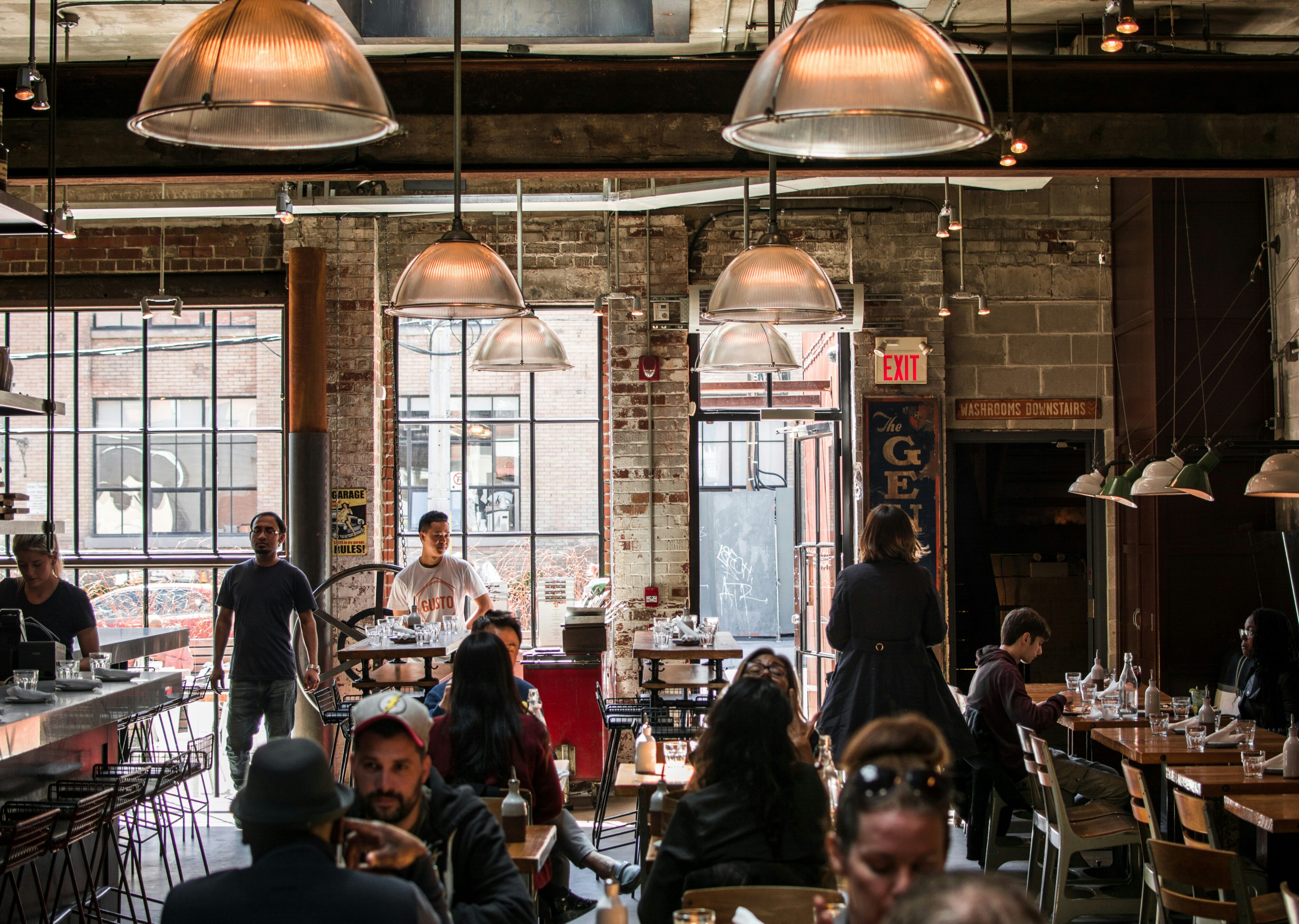Annex community centre: There should be more accessible programming in city centre
THE GREEN LINE
ORIGINAL STORY
Annex Community Centre: there should be more Accessible Programming in city centre
The Miles Nadal Jewish Community Centre is addressing the needs of young Torontonians with physical and intellectual disabilities, by building an accessible hub with inclusive programming.
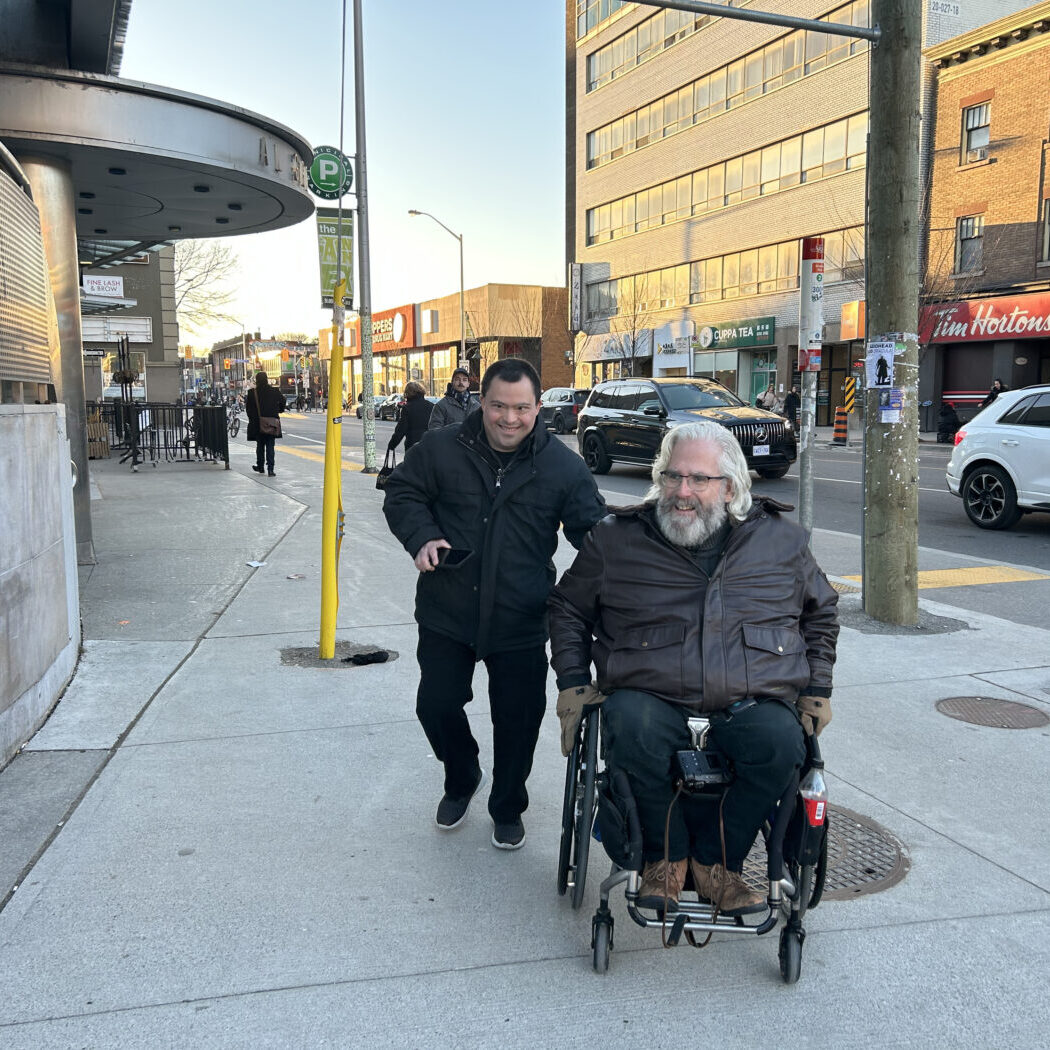
DISABILITY VISIBILITY PHOTOGRAPHY PROGRAM PARTICIPANT MATTHEW HOFFMAN (PICTURED LEFT) HEADS OUT IN THE ANNEX WITH PROGRAM INSTRUCTOR STEVE KEAN (PICTURED RIGHT) TO TAKE PHOTOS OF THE NEIGHBOURHOOD.

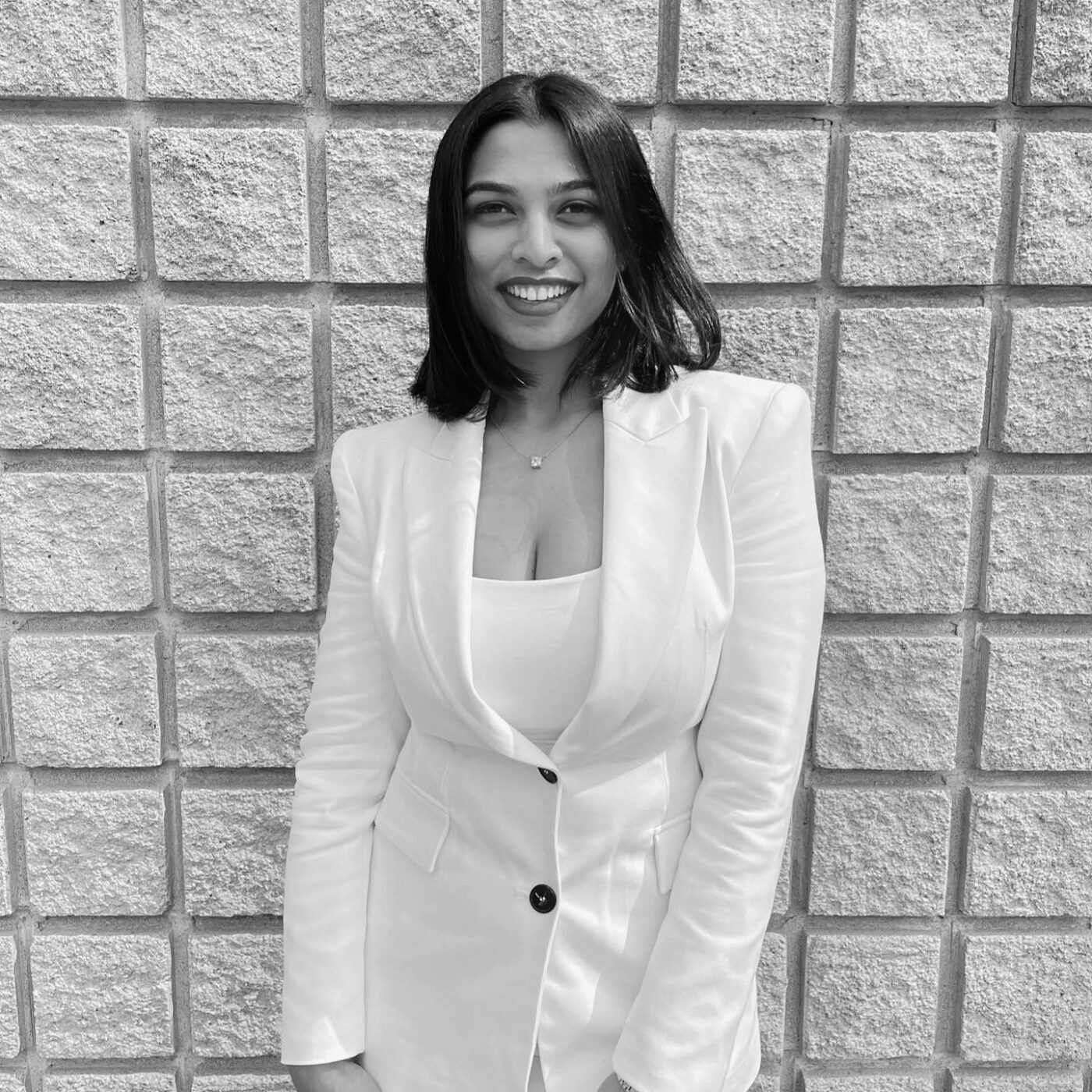
AMANDA SERAPHINA JAMES RAJAKUMAR
Indian immigrant with a post-grad in journalism from Centennial College. Now living in Grange Park, meeting new people, and hearing different stories. Has four names, so it’s a pick-your-player situation.
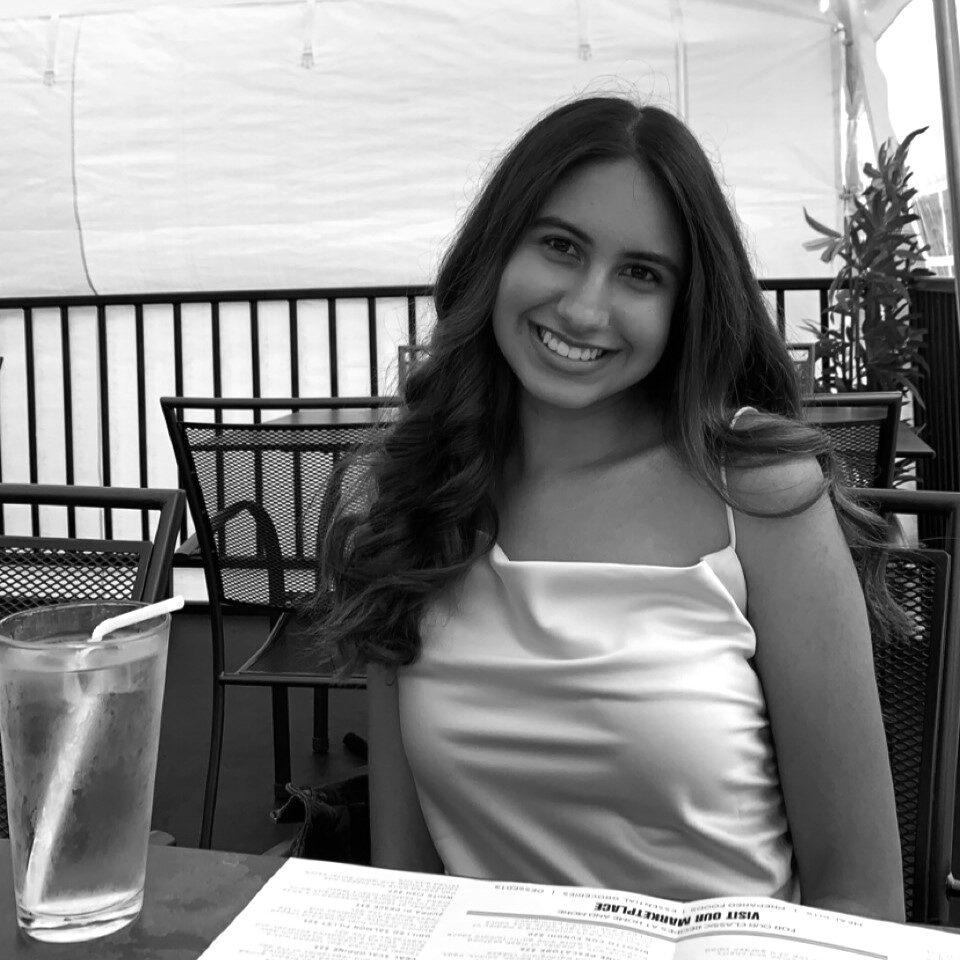
ANEESA BHANJI
Currently a journalism student at Toronto Metropolitan University who's also studying communication and design. Grew up in Vaughan, now living in downtown Toronto. Always loves a good chai latte.
February 23, 2024
From concerts to galleries, there are lots of things to do in downtown Toronto, but not everyone can access them.
For people with disabilities, getting around can be tough. So, one community centre in the Annex is focused on delivering inclusive programming in the heart of the city.
The Annex is a youthful, bustling neighbourhood in downtown Toronto. While it's well-connected by public transit, some residents don’t think it is accessible enough.
Esther Arbeid is one such person; as director of community programming at the Miles Nadal Jewish Community Centre, which is located at Bloor Street West and Spadina Avenue, she and her team are prioritizing programming for people with physical and intellectual disabilities.
“This is a crossroads of the Annex. It's a crossroad of the TTC system, as well. It's incredibly central. It's downtown, but not really downtown. It's certainly not uptown, but everybody can reach us," she explains. "I will say that there's no accessible washroom on this strip of like Bloor Street."
"I don't think that the Annex is accessible enough.”
Arbeid adds that the centre's "Jewish lens" is guided by values that come from Jewish traditions, such as social justice and healing the world. “This is a Jewish community centre, but we really make everything accessible to everyone," she says.
As a part of the Jewish Disability Awareness and Inclusion Month, the centre is now working with STEPS Public Art on a program about accessibility in the Annex.
Driven by community need and a desire to see change, the centre runs dozens of programs out of its accessibility and inclusion department, which launched in 2014.
One of them is Disability Visibility Photography, a free eight-week course for 18- to 35-year-olds. The program has taught around 100 students since it began in 2015.
Matthew Hoffman, who has Down syndrome, has been a participant for the past seven years.
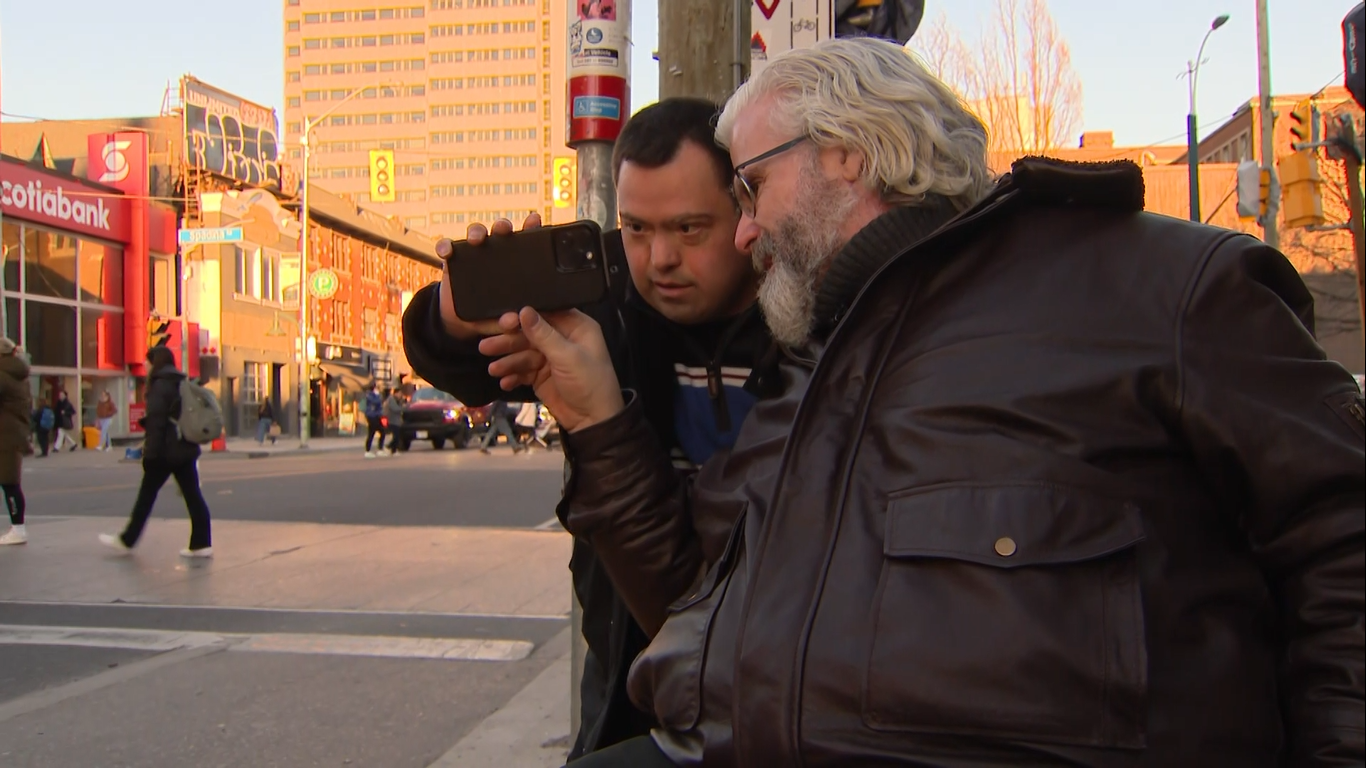
DISABILITY VISIBILITY PHOTOGRAPHY PROGRAM PARTICIPANT MATTHEW HOFFMAN (PICTURED LEFT) LEARNS TO TAKE A PHOTO WITH PROGRAM INSTRUCTOR STEVE KEAN (PICTURED RIGHT).

“[The program] impacted my life actually. I just love being here; people are so nice here, you know. [It’s] all about acceptance and building a friendship," Hoffman says.
“[It's] helped me a lot by accommodating [me]. [I've] become more like confident on how I do things here."
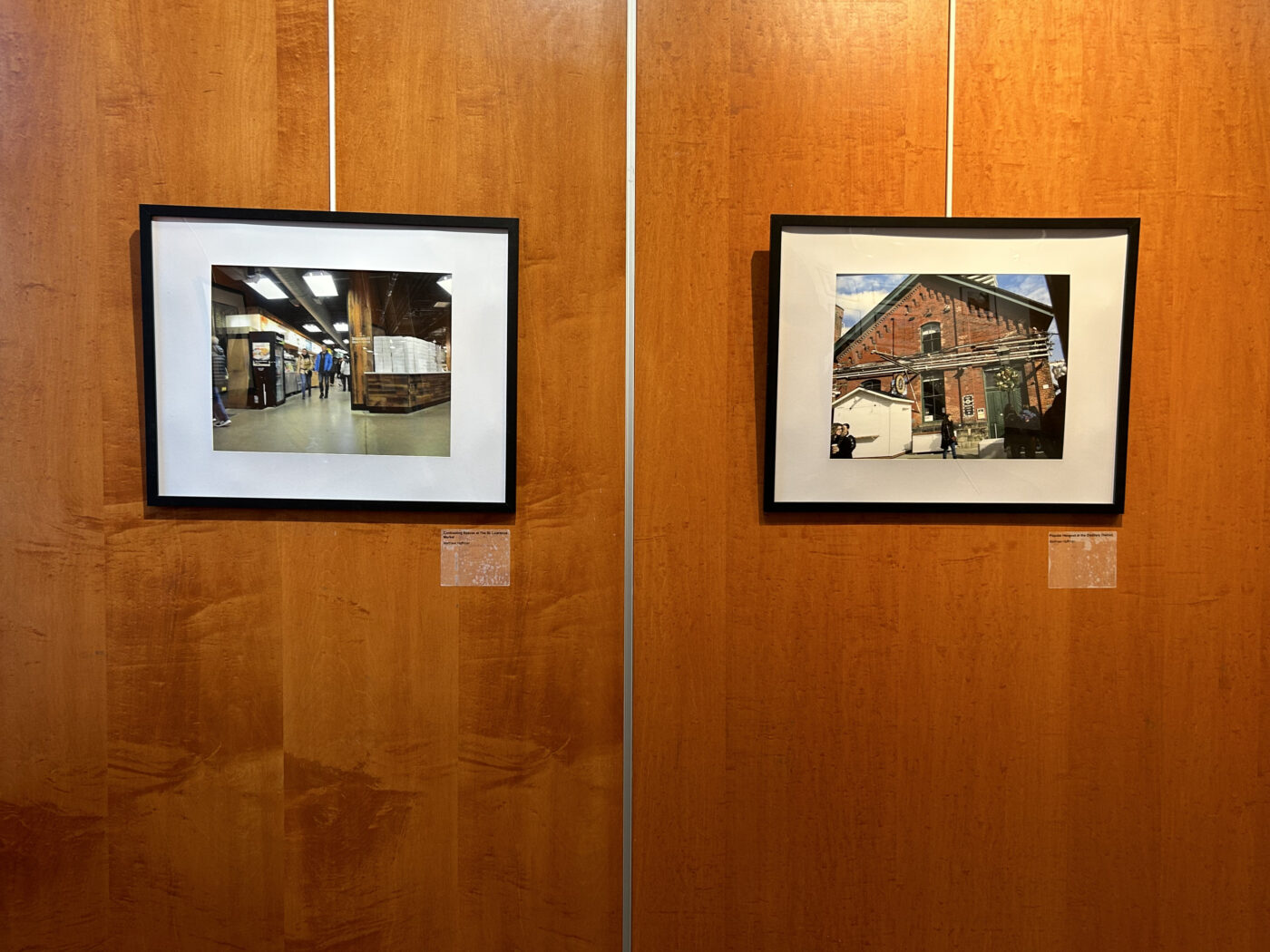
PHOTOGRAPHS TAKEN BY MATTHEW HOFFMAN DURING THE PROGRAM ARE NOW ON DISPLAY AT THE GALLERY IN THE MILES NADAL JEWISH COMMUNITY CENTRE.

Program instructor Steve Kean has worked with Hoffman for four years.
“It's heartwarming as a person with a disability who absolutely loves art and photography to be able to pass on what I've learned," he explains. "To see people as enthusiastic and as passionate as I am is really a lot of fun. Most of the time when I'm working, it's solitary. I'm an artist; I work alone."
"To come and do the program, I'm connected to 12, 14, 16 other people who share my passion, and who want to learn and they make it so much fun and so rewarding."
Arbeid says one major challenge for the accessibility and inclusion department has been decreasing funds over the years.
But gen Zs and millennials with disabilities still need an accessible community.
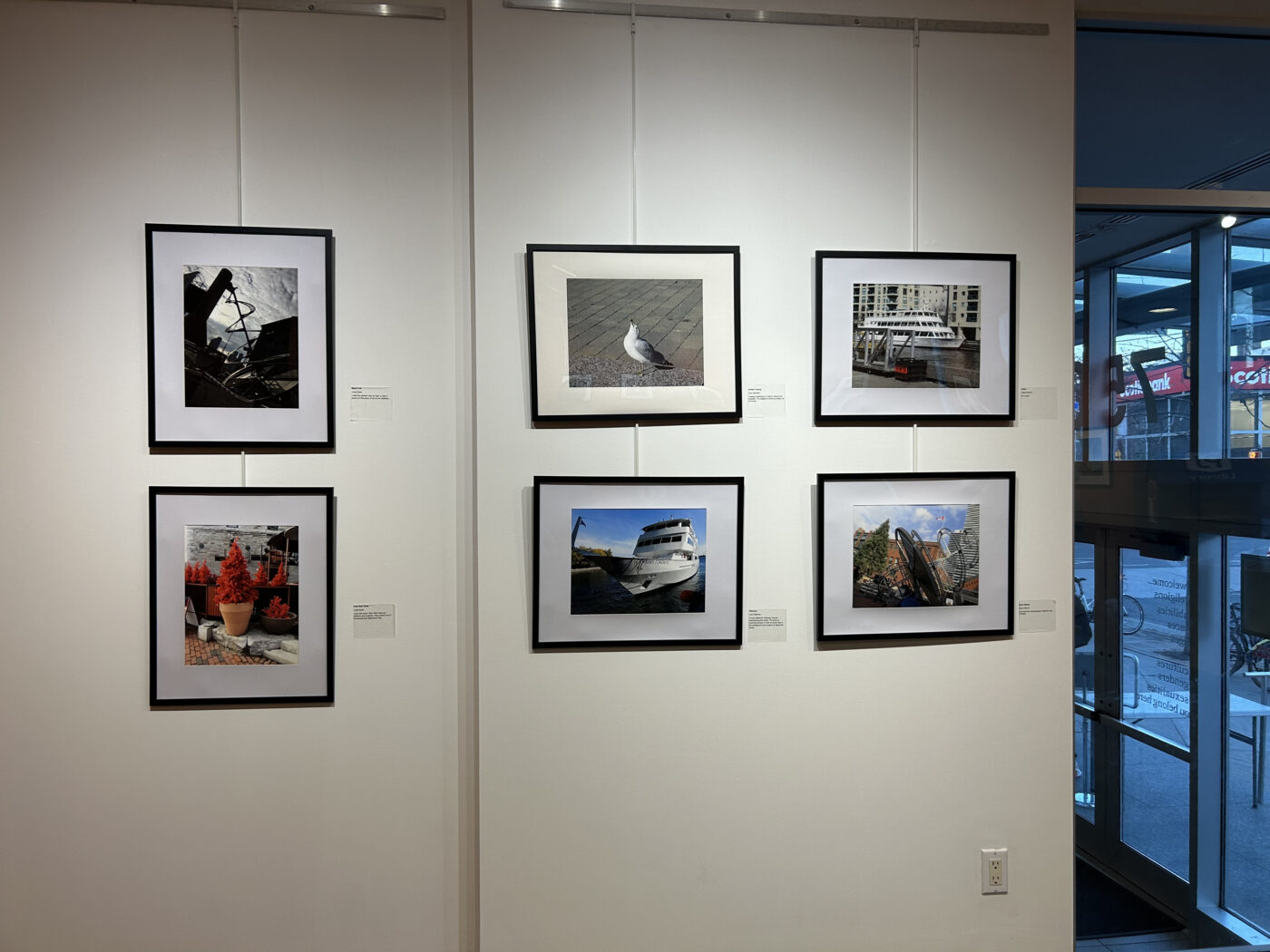
GALLERY OPENING FOR PHOTOGRAPHS TAKEN BY PARTICIPANTS OF THE DISABILITY VISIBILITY PHOTOGRAPHY PROGRAM AT THE MILES NADAL JEWISH COMMUNITY CENTRE.

“We fill in that gap because that's like an incredibly important age. It's a coming-of-age age for anybody of all abilities," Arbeid explains. "We feel like after the public school system and in between school systems, there's really not very much in terms of drop-in downtown.
"We fill in that gap. We give those opportunities to make friends, keep friends, and kind of keep that stability and constant...a hub for them going."
Photographs from the Disability Visibility Photography program are now on display at the community centre's gallery from Feb. 3 to 29, 2024.
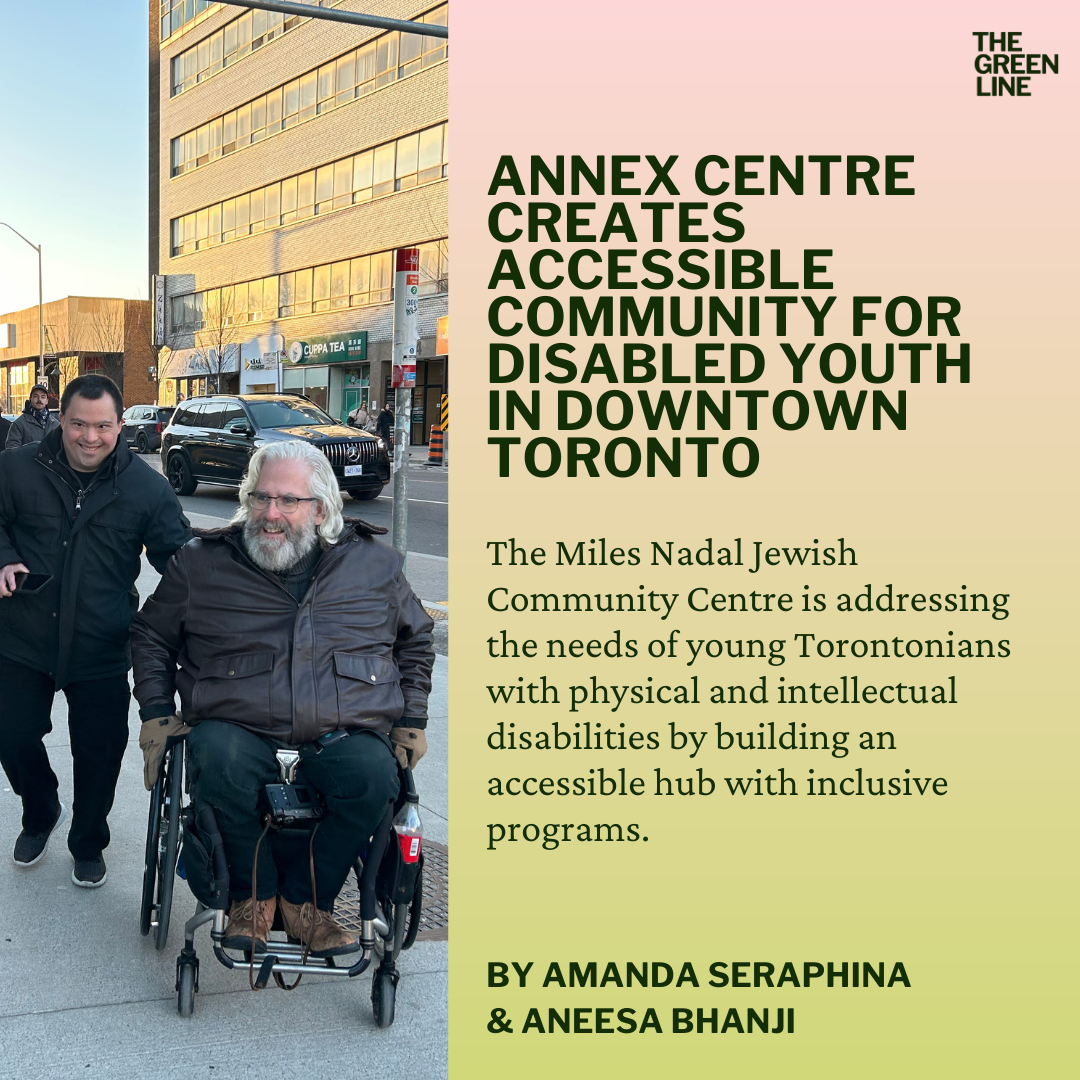
Fact-Check Yourself
Sources and
further reading
Don't take our word for it —
check our sources for yourself.
